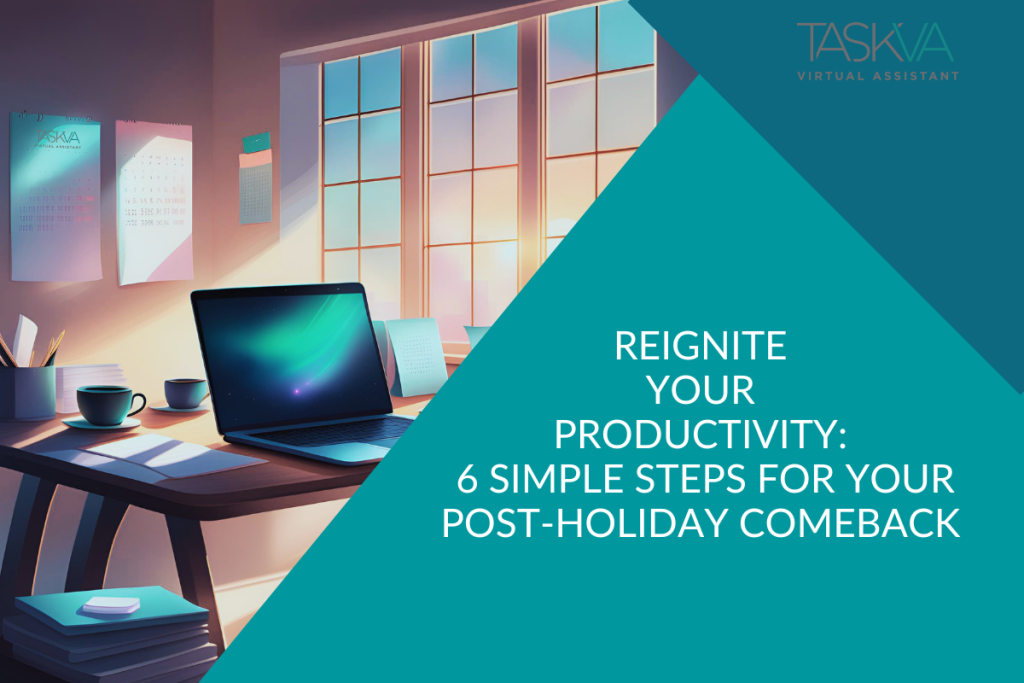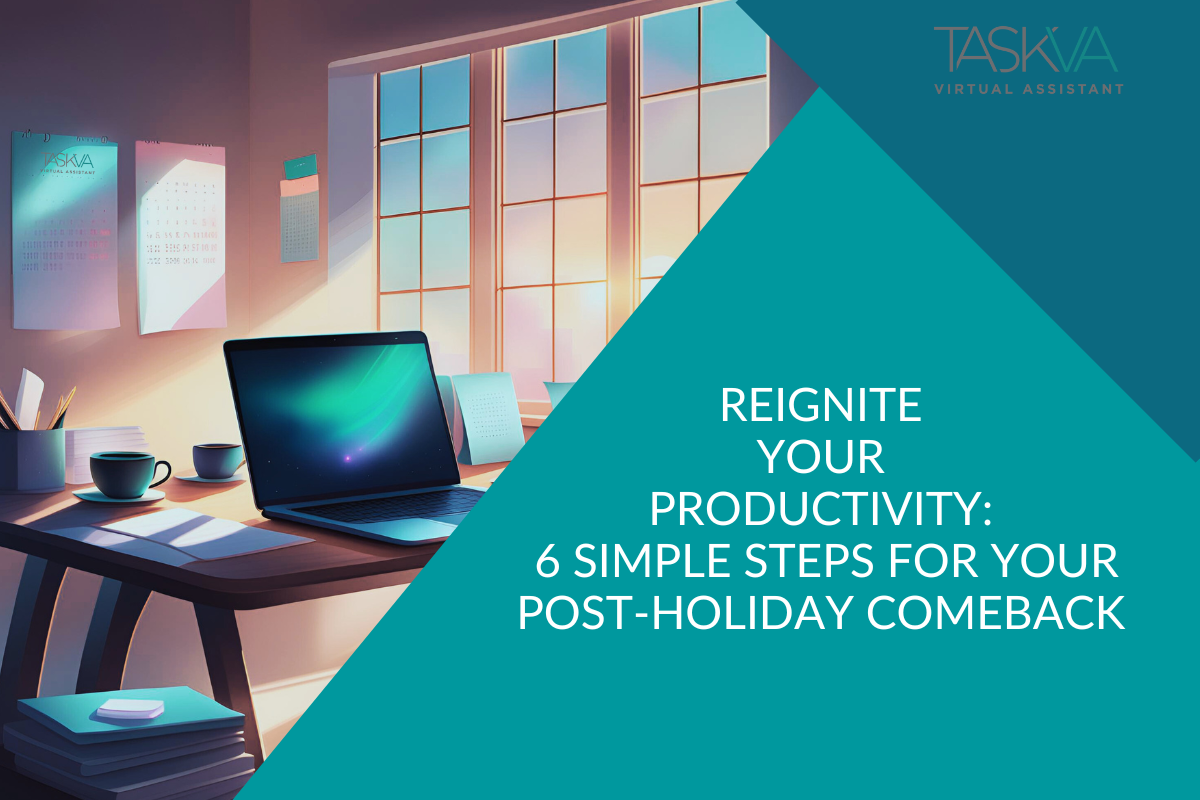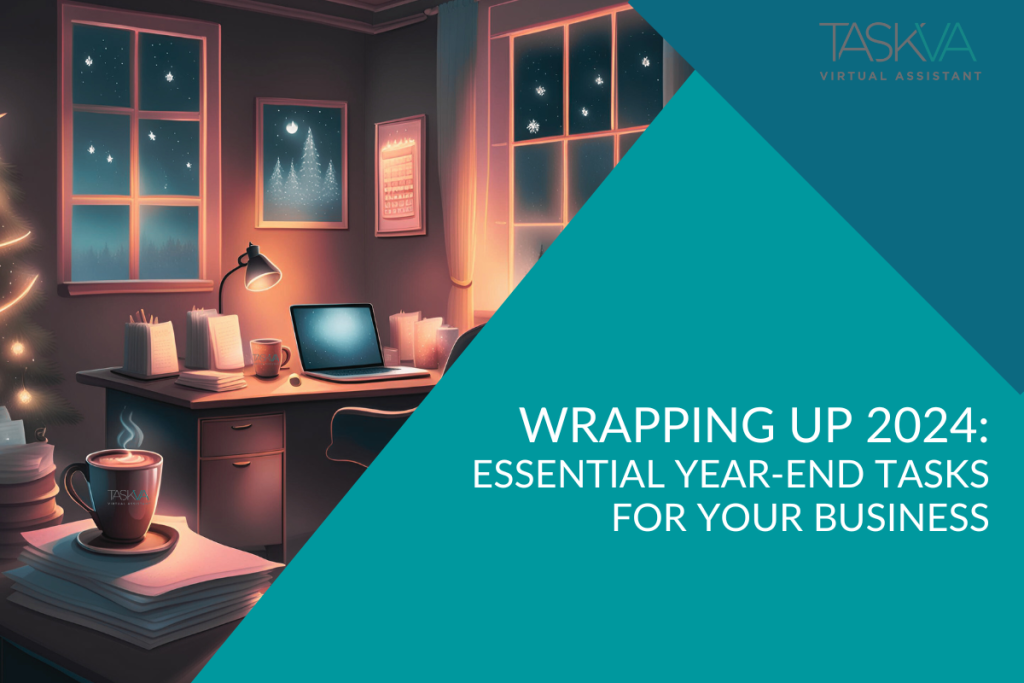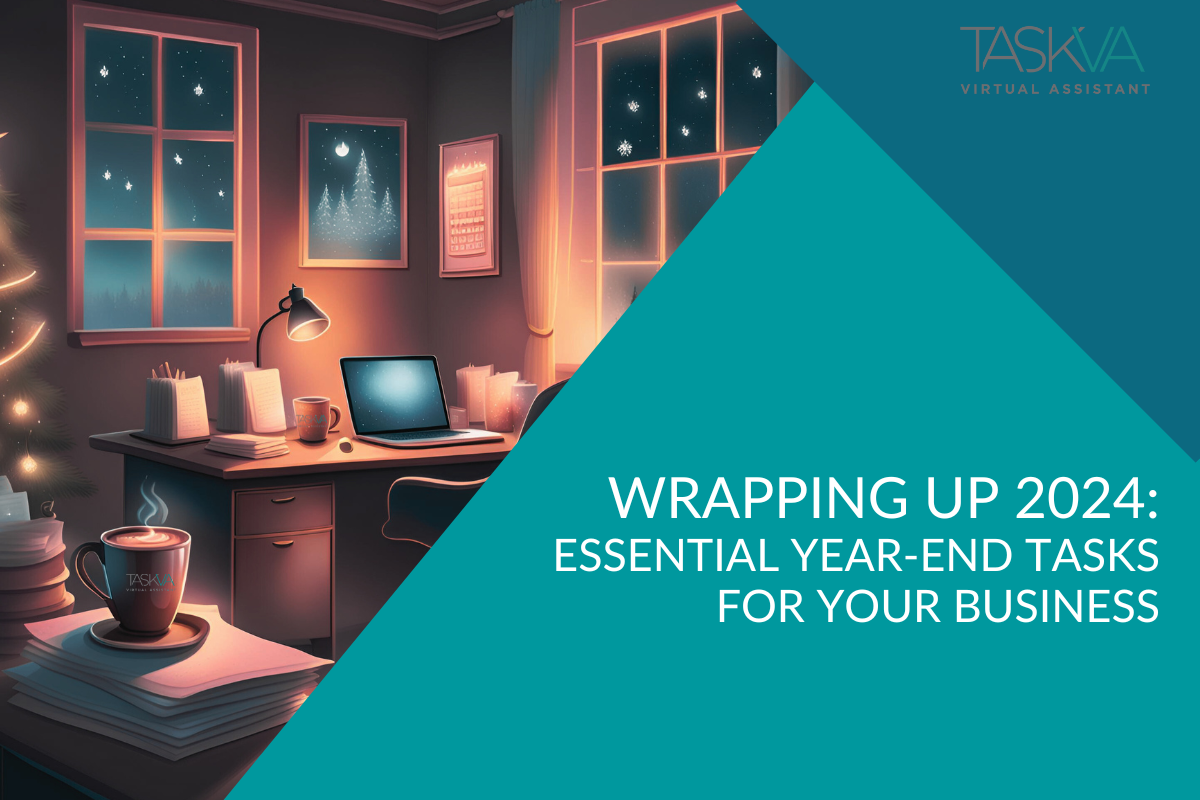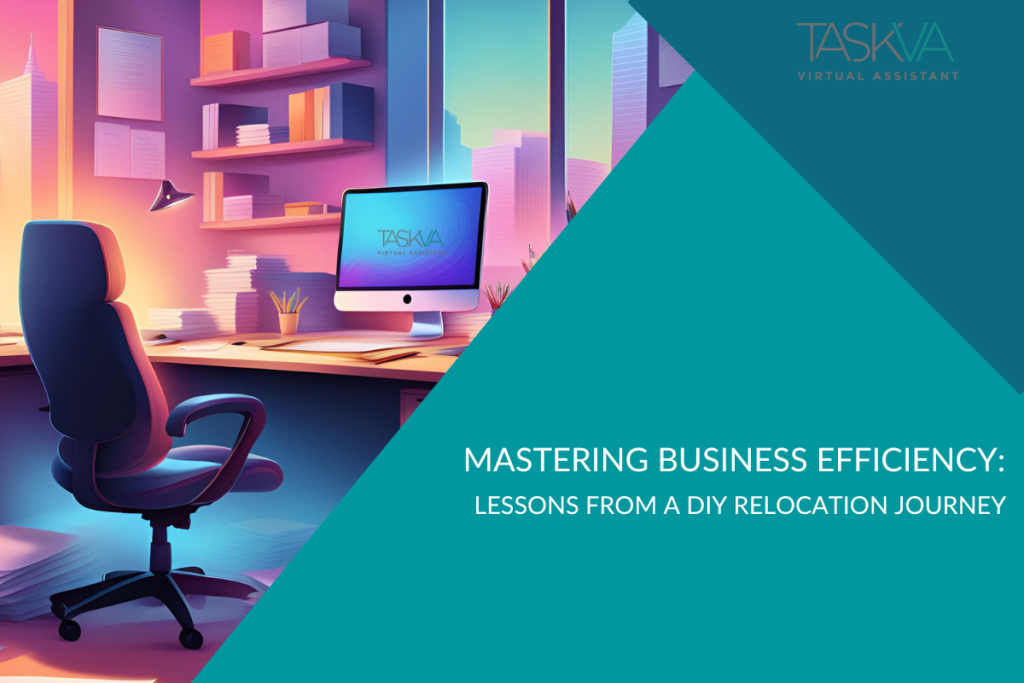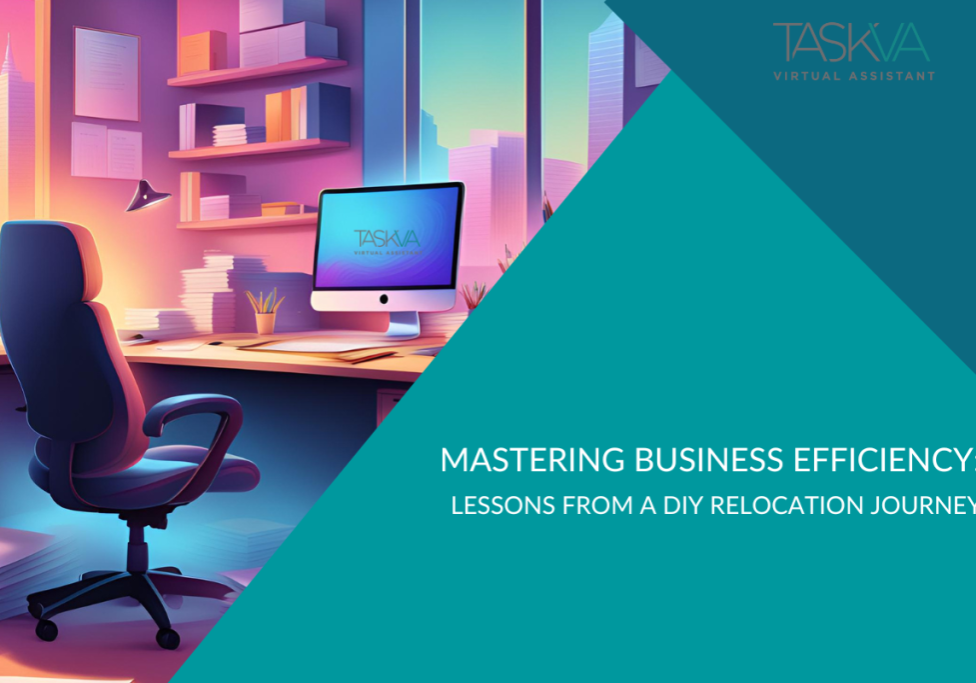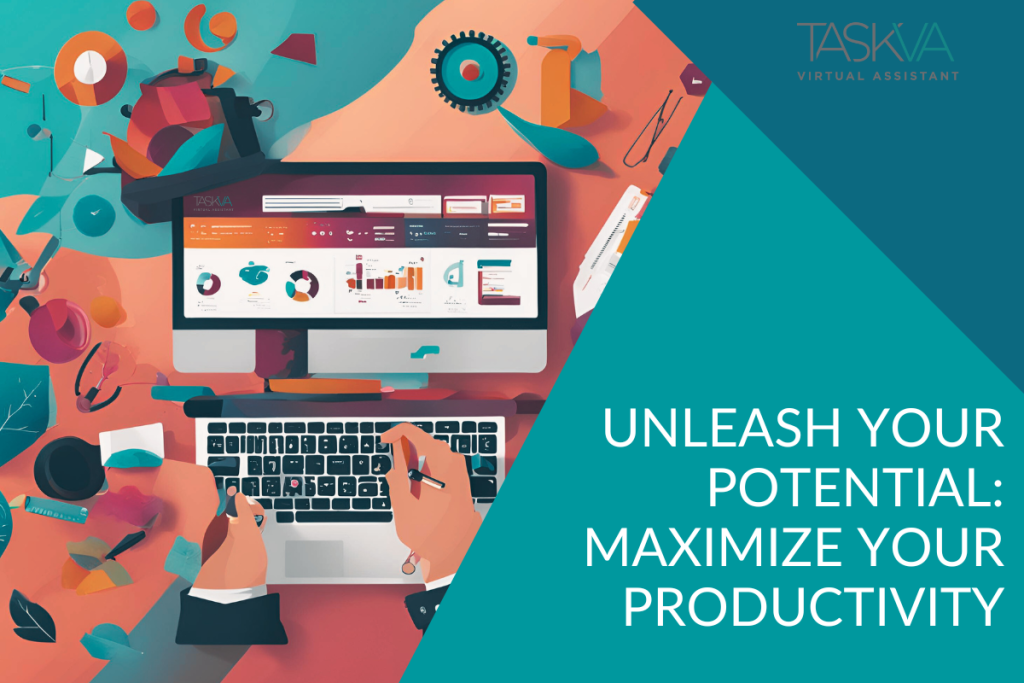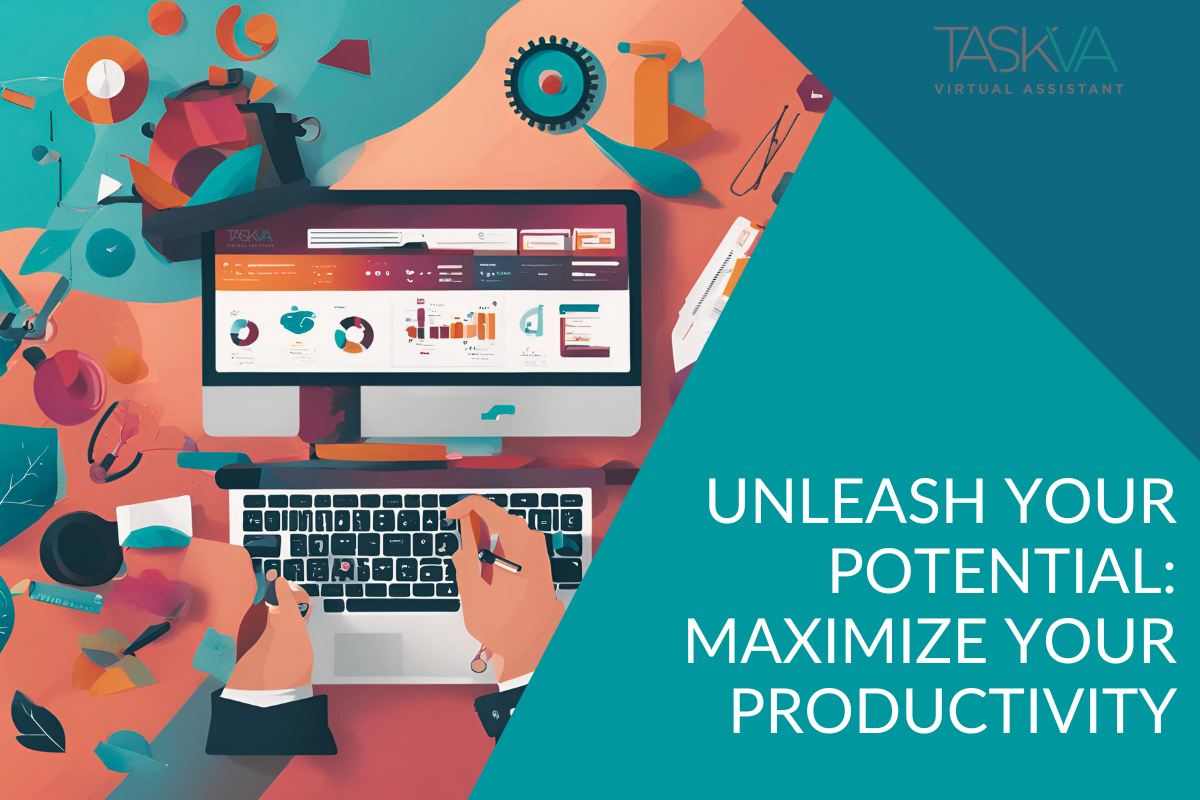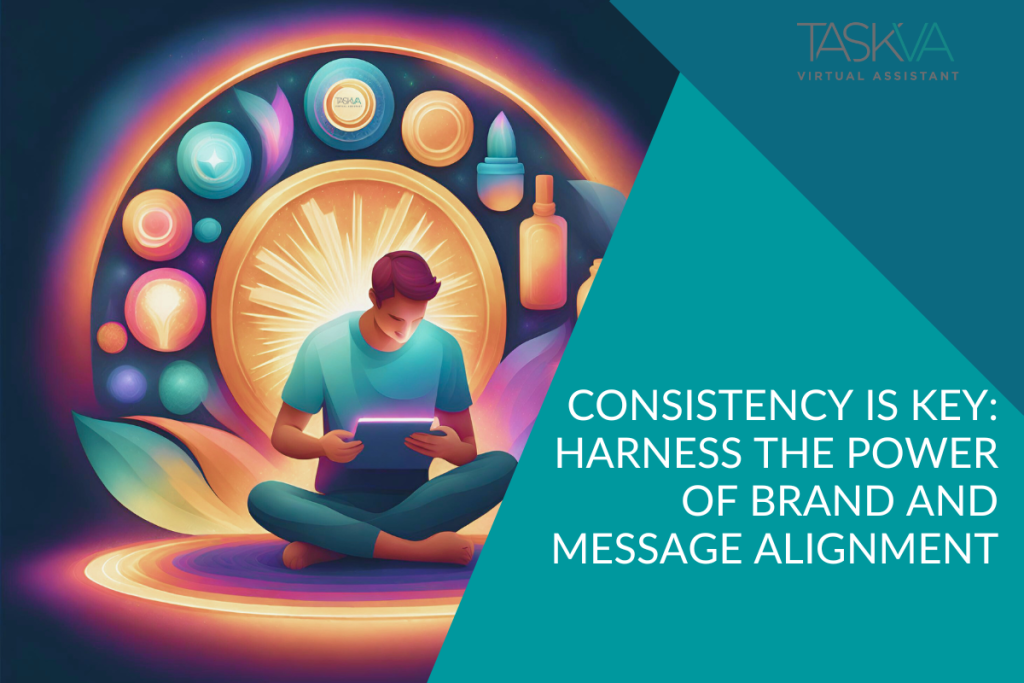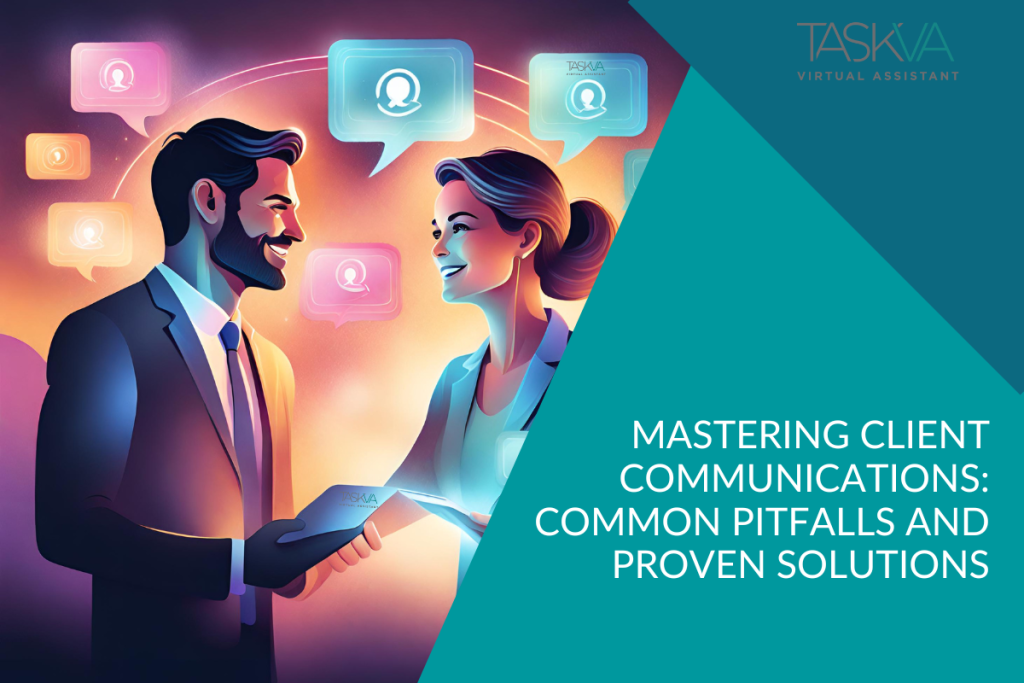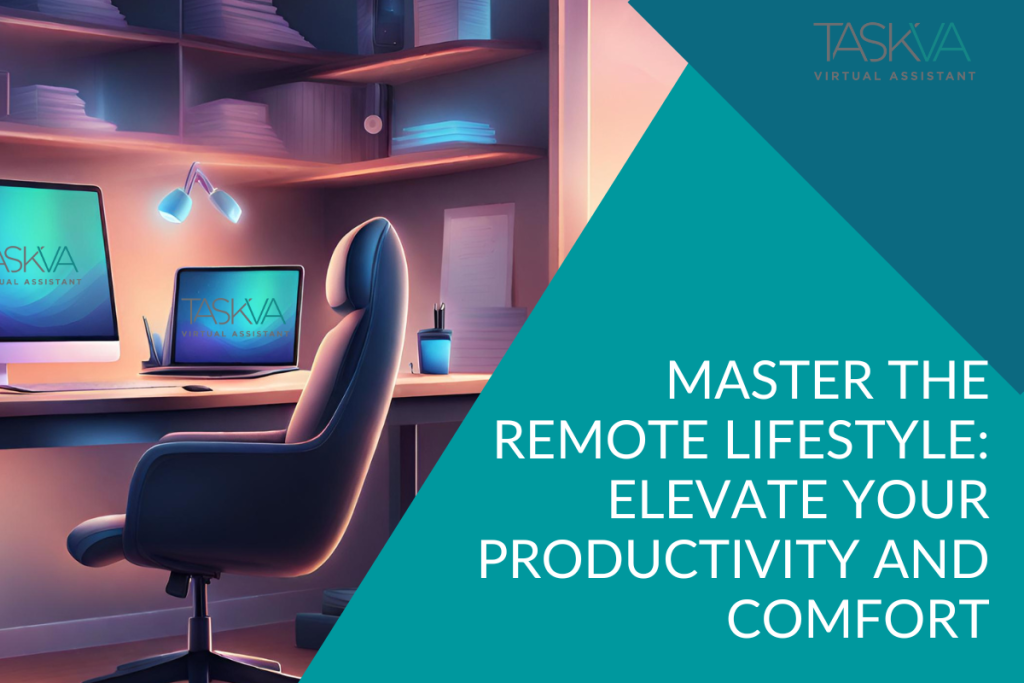Q3 Planning Made Simple

Q3 Planning Made Simple

Not to alarm you, but the calendar just whispered, “Hey, we’re halfway through the year.” 😳 And if you're like most business owners I know, you’re somewhere between “Wait, what?!” and “Cool, so… how behind am I?”
Whether you crushed Q1 and coasted into Q2 or you’ve been riding the chaos wave since January, Q3 is your golden opportunity to pause, recalibrate, and set a realistic, motivating path for the rest of the year. This isn’t about hustle harder. It’s about planning smarter—and in case you're wondering, this is where your friendly neighborhood virtual assistant comes in.
Why Q3 Matters (And Why You Shouldn’t Skip It)
Here’s the deal: Q3 (July–September) often flies under the radar because it falls smack in the middle of vacations, back-to-school madness, and the calm-before-Q4 chaos.
But that’s exactly why it’s so powerful.
Q3 gives you a chance to:
- Check your progress on yearly goals without panic
- Refocus your time and energy while clients are quieter
- Lay the foundation for a strong Q4 (which, let’s face it, is a sprint)
This is the time to shift gears, adjust your sails, and clean up the clutter—both literal and strategic.
Your Mid-Year Audit Checklist
Before you jump into goal-setting, let’s take stock of where you are. A mid-year audit helps you assess, re-prioritize, and eliminate what’s no longer working.
Ask yourself:
- Which goals did I set in January that still matter?
- What have I accomplished—and what did I completely ignore?
- What recurring tasks suck up my time but don’t move the needle?
- Where am I consistently dropping the ball?
💡 TASK Tip: Let your virtual assistant pull data from your project boards, client tracker, or time logs. Not only does this save you hours, but it also provides you with clean, accurate insights to work with.
Set Realistic, Quarterly-Sized Goals
Forget year-long vision boards for a moment. Q3 is your sweet spot for setting clear, focused goals that you can knock out in 90 days.
Use the SMART method:
- Specific: Don’t say “grow the business”—say “get 5 new retainer clients.”
- Measurable: Attach numbers, timelines, or frequency.
- Achievable: Be honest—can you do this without skipping sleep?
- Relevant: Does it support your bigger picture?
- Time-bound: Deadlines keep you moving (and Virtual Assistants help you meet them).
🛠️ Need help clarifying your goals? Let’s chat about how TASK VA can support your next steps.
Break Big Goals Into Bite-Sized Projects
Once your goals are set, break them down into actionable tasks. This is where overwhelm magically becomes progress.
Here’s how:
- Write out the full list of micro-steps.
- Assign estimated time + due dates.
- Identify which tasks you can delegate.
🌟 Pro move: Open a shared ClickUp or Trello board with your virtual assistant and build the plan together. You assign the vision—they handle the pieces.
Delegate Strategically for Q3 Success
You're not meant to do this alone. In fact, you shouldn't.
Here are smart things to outsource during Q3:
- Recurring admin (emails, invoicing, scheduling)
- Updating or maintaining your CRM
- Drafting social media and blog content
- Client onboarding/offboarding workflows
- Event planning (yep, fall webinars are closer than you think)
🎯 Try This: Book a “Q3 Kickoff Call” with your Virtual Assistant. Bring your goals, and together, map out a support plan to help you hit them—with less burnout.
Don’t have a Virtual Assistant? You can find me at TheTaskVA.com. Explore TASK VA packages.
Use the Right Tools to Stay on Track
Tech doesn’t have to be fancy. It just needs to work.
Try these for Q3 tracking:
- ClickUp or Asana: Project planning and team collaboration
- Google Sheets: Visual quarterly budget + KPI tracking
- Loom: Quick video updates for your virtual assistant or team
- Calendly or TidyCal Keep meetings from eating your week
- Pomofocus.io: Use the Pomodoro technique for focused work blocks
Build In Breathing Room
Here’s your permission slip: Every goal needs downtime built in.
Block off:
- Real Vacation days (not “maybe time off”—actual, no-laptop time)
- CEO Days: Days to step back and work on your business, not in it
- Admin hours: Weekly space to delegate, prep, and review
![]() Your virtual assistant can help hold you accountable for all of this.
Your virtual assistant can help hold you accountable for all of this.
Mid-year isn’t a finish line—it’s your check-in point. Planning for Q3 is your opportunity to get clear, get help, and build the systems that carry you through the rest of the year with confidence and (dare I say) ease.
You don’t need to hustle harder. You need a plan—and a partner to help you stick to it.
Let’s make Q3 the quarter you delegate more, stress less, and see real progress.
Q3 Planning Made Simple Read More »


